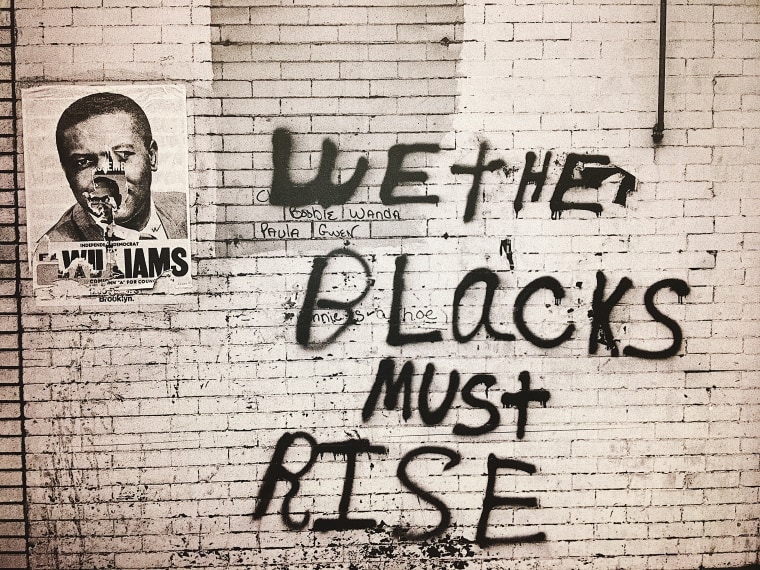The Schomburg Center’s “Black Power” exhibition traces ten years of the Black Panther movement, looking at the topics, issues, misunderstandings, and people that shaped a global movement.
Curated by Dr. Sylviane A. Diouf, this exhibition invites guests to take a closer look at the movement that guided the black consciousness between 1966 and 1976. “Black Power” is part of the Schomburg Center’s “Black Power 50” - a yearlong review and introspective look into the Black Power Movement’s 50th anniversary.
“It’s a short movement but it had tremendous legacy. It was a movement of young people. People 16, 17, 18, 19, and early 20s,” explained Diouf.
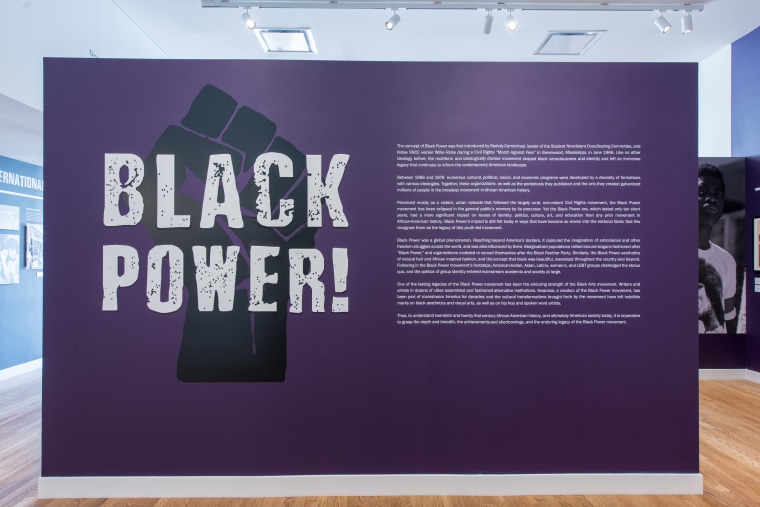
The curator walked through the exhibition, delivering bits of information as the attendees followed along. “Whether it was black nationalism, revolutionary nationalism, Marxism, Islam, cultural nationalism. They had different goals.”
As Diouf explained it, Native Americans, Puerto Ricans, Asian Americans, white people - young and progressive, were those groups that were part of the Black Power movement, formulating coalitions “around a common agenda.”
Diouf, an award-winning historian of the African Diaspora, built the exhibition around the idea of trying to explore a movement she describes as being misunderstood, often presented in a more violent manner. “This show is about trying to understand what that movement was about and what it represents not only in the U.S. but outside of the country as well,” said Diouf.
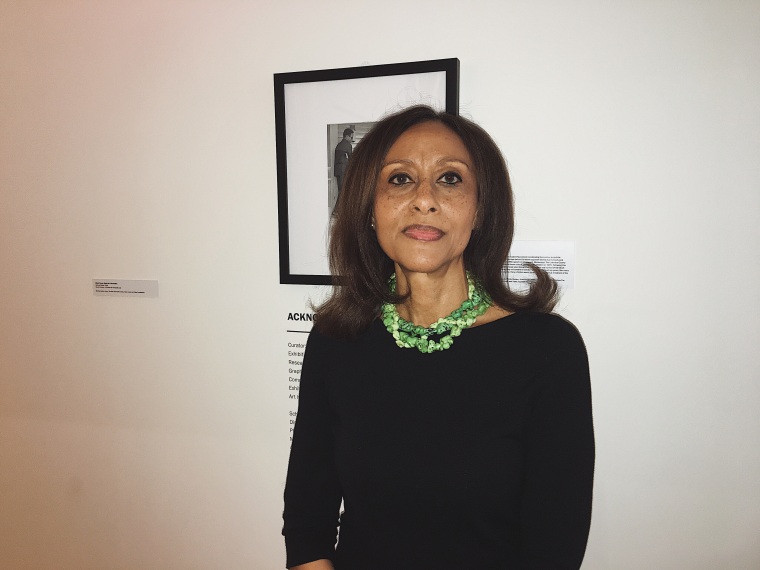
The exhibition goes on to guide attendees through the influence of the political prisoners of the movement, highlighting such leaders and pioneers like Angela Davis and George Jackson. The prison acted as a meeting ground for members and non-members of the movement, aided in its expansion.
“Activists would find themselves in prison because of their activities and you had people in prison become influenced by the movement,” explained Diouf.
Following the political prisoners section, the various coalitions of the movement are presented, as well as the influence of education in furthering the knowledge of African-American communities and schools. The push for black studies and community control grew.
Related: Why the Black Panthers Are Still a Lightning Rod at 50
African-American communities sought after “black autonomy.” This autonomy included control and acceptance over the Black appearance and popular culture; the two next sections in the exhibition.
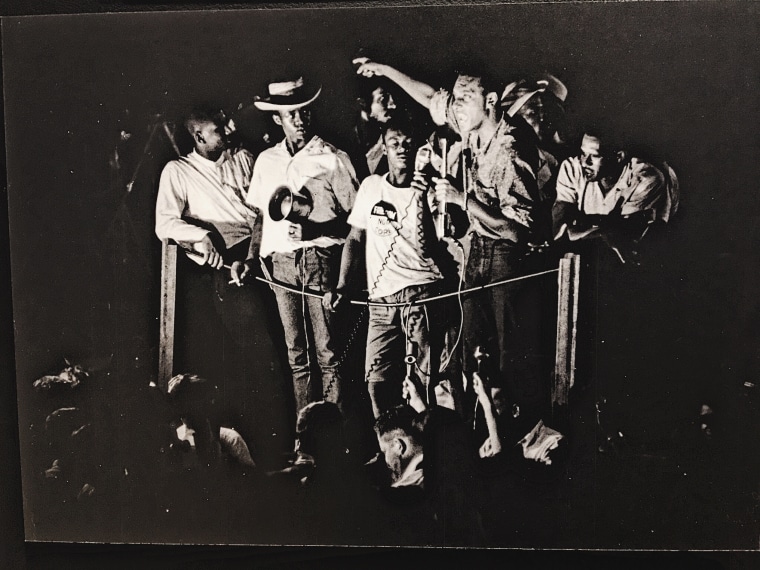
Diouf describes the rise of newspapers, journals, and publishing companies advanced by the movement. The influence of having proper representation in such mediums, seeing afros worn by leaders like Davis, led to a growth in the black consciousness.
“Concerning their own identity and representation, whether in culture, arts -- the importance of people realizing they didn’t have, physically, to emulate white people [was critical],” Diof said.
The physical adaptation of whiteness in such ways as straightening ones hair or using whitening - formally known as bleaching - creams, slowed down.
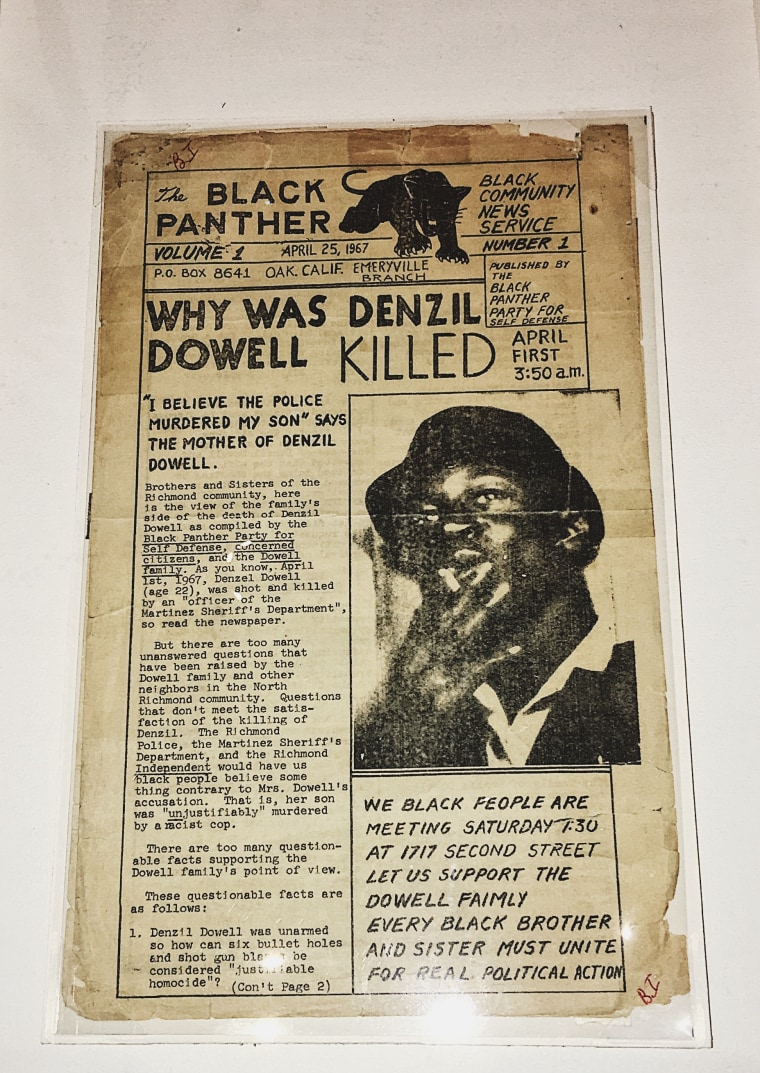
“It was the idea that black is beautiful,” said Diouf.
The exhibition features rare and never before seen pieces from the movement, including the first ever issue of The Black Panther newspaper - published April 25, 1967. The issues ran until the early 70s, according to the center’s newest director, Kevin Young.
An exhibition with pictures, videos, and rare pieces of art, history, and information, from the movement that shaped a generation, “Black Power” can be seen at the Schomburg Center until December 2017.
